A Book Is Born
Finally, after all the hard work, I have in hand the first copies of my new book The Ever Curious Gardener: Using a Little Natural Science for a Much Better Garden. 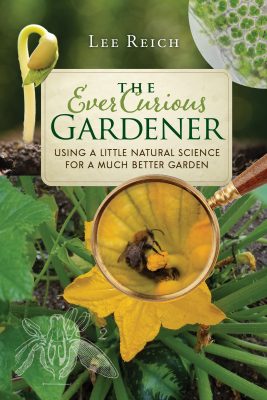 This book grew out of my long love affair with gardening—such a congenial confluence of colors, flavors, and aromas all seasoned with the weather, whatever pests happen to stop by that year—and the science behind it all!
This book grew out of my long love affair with gardening—such a congenial confluence of colors, flavors, and aromas all seasoned with the weather, whatever pests happen to stop by that year—and the science behind it all!
And the science behind it all is what this book is about. No, it’s not a comprehensive overview of botany and related sciences. It is some of the natural science that can be applied in the garden. Science may seem out of place in so bucolic an activity as gardening. After millions of years of evolution, seeds want to sprout, and plants want to grow, even in such diverse soils and climates as the Arctic tundra, the Arizona desert, and my garden in New York’s Hudson Valley. So it’s possible to have a decent garden with minimal effort or know-how.
But with some understanding of what’s going on behind the scenes, and application of that understanding, gardening can be something more than this business as usual, with commensurately more rewards.
In The Beginning . . .
The beginnings for this book came to me one day as I was piling recently scythed hay and horse manure, along with old vegetable plants and sprinklings of soil and dolomitic limestone, into one of my compost bins. I realized that what I was adding to the pile and how much of each ingredient, even how I fluffed them up or patted them down with my pitchfork, and then watered, all reflected what I had learned over decades of gardening. My classrooms have included actual classrooms; gleanings from magazines, books, and scientific journals; conversations with other gardeners and agricultural scientists; and (most importantly) the garden itself.
My garden education has been unusual. Growing up in the suburbs, the tenure of our family’s small vegetable garden was soon eclipsed by a swing set.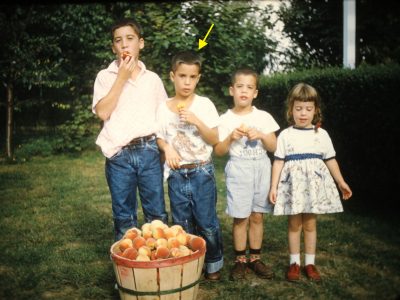 Wait! How about that potted banana tree and one hyacinth bulb that I nurtured under the purple glow of a Growlite in the basement during high school? Or the potted cactus that I bought to adorn my bedroom windowsill in graduate school. Hints of future interest? Perhaps.
Wait! How about that potted banana tree and one hyacinth bulb that I nurtured under the purple glow of a Growlite in the basement during high school? Or the potted cactus that I bought to adorn my bedroom windowsill in graduate school. Hints of future interest? Perhaps.
Graduate study in those cactus days was in chemistry, a continuation of an interest kindled by my high school chemistry teacher. But coming to the conclusion that graduate study in quantum chemistry was not going to answer any fundamental questions, I dropped out, moved to Vermont, and got the gardening bug. Because I was living in a third floor apartment, I expressed that gardening bug with a voracious appetite for books—books about gardening.
A year later, I dove into agriculture in earnest, and was fortunate to land in a graduate program in soil science. My interest and education in chemistry proved a good foundation for soil science.
A small plot of land began my education “in the field” and complemented my academic studies.  The university’s agricultural library offered more books to further round out my education. (I remember coming across a whole book on lettuce seed!)
The university’s agricultural library offered more books to further round out my education. (I remember coming across a whole book on lettuce seed!)
Eight years later, with two framed diplomas to hang on my wall, one for a master’s degree in soil science, and the other for a doctorate degree in horticulture, I was still gardening with the same exuberance and learning about gardening through experience, the printed word, and contact with others “in the know.” Thinking back, how little I knew about gardening. And so it goes.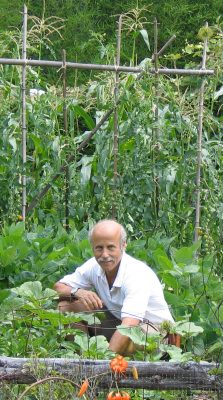
A Little Natural Science for a Lot Better Garden
Back to my compost pile… I took into account the meadow hay’s youthful lushness, which influences its ratio of carbon to nitrogen, as I layered it into the bin along with the horse manure. Manure is usually thought of as a high nitrogen material, but I looked at what was in the cart and, eyeing the amount and kind of bedding (wood shavings) with which it was mixed, made a rough estimate in my head of how much to use to make a good balance with the meadow plants. When the pile was finished, I checked my work by monitoring the temperature of the pile’s interior with a long-stemmed compost thermometer. Etc., etc. There’s art in making compost. But also science.
With this book, I hope to show how knowing and using a little of the natural science behind what’s happening out in the garden can make for a lot better garden in terms of productivity, beauty, plant health, sustainability… and interest. Knowing some of the underlying science at work in the garden also makes for a more resilient gardener, better able to garden at a new location or in a changing environment.
The Ever Curious Gardener is available in bookstores and online in mid-April, 2018, or now, signed from me, at https://leereich.com/books/the-ever-curious-gardener-using-a-little-natural-science-for-a-much-better-garden.
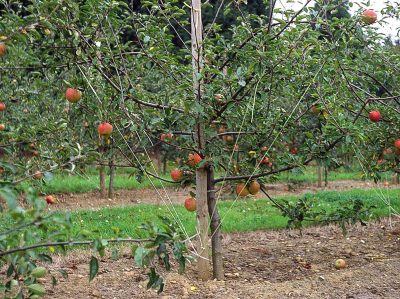
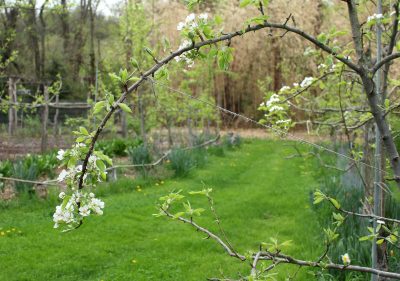
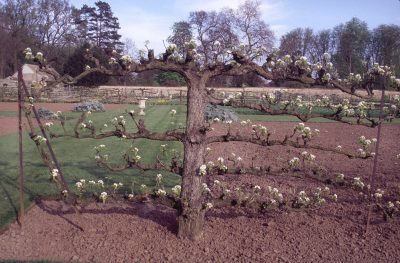
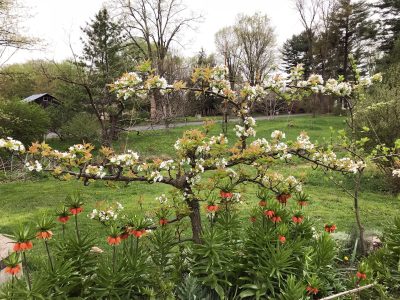

 This book grew out of my long love affair with gardening—such a congenial confluence of colors, flavors, and aromas all seasoned with the weather, whatever pests happen to stop by that year—and the science behind it all!
This book grew out of my long love affair with gardening—such a congenial confluence of colors, flavors, and aromas all seasoned with the weather, whatever pests happen to stop by that year—and the science behind it all! Wait! How about that potted banana tree and one hyacinth bulb that I nurtured under the purple glow of a Growlite in the basement during high school? Or the potted cactus that I bought to adorn my bedroom windowsill in graduate school. Hints of future interest? Perhaps.
Wait! How about that potted banana tree and one hyacinth bulb that I nurtured under the purple glow of a Growlite in the basement during high school? Or the potted cactus that I bought to adorn my bedroom windowsill in graduate school. Hints of future interest? Perhaps. The university’s agricultural library offered more books to further round out my education. (I remember coming across a whole book on lettuce seed!)
The university’s agricultural library offered more books to further round out my education. (I remember coming across a whole book on lettuce seed!)
